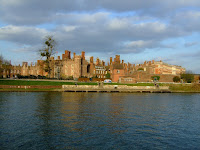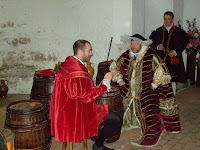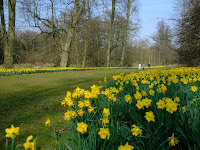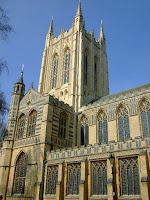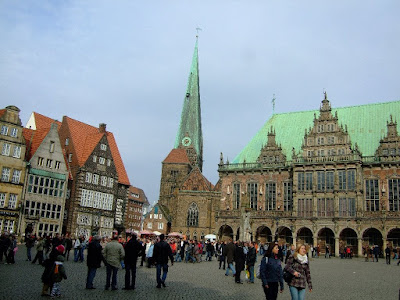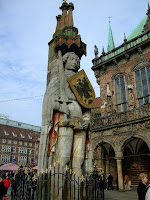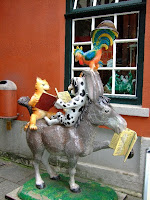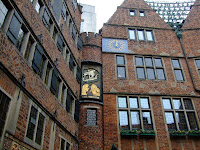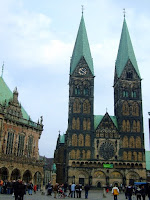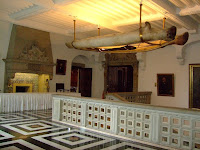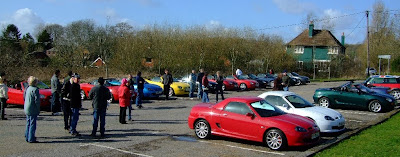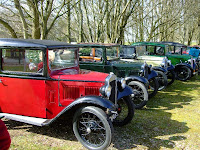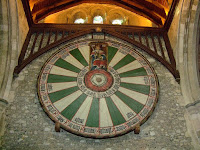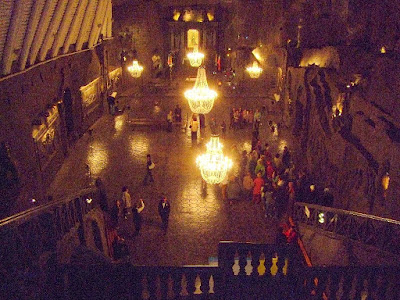
 A new country beckoned so we set off for our first visit to Poland, flying in to Krakow. With the Easter weekend meaning most attractions would be shut for one or two days we had to plan carefully to be sure we could see all we wanted to see.
A new country beckoned so we set off for our first visit to Poland, flying in to Krakow. With the Easter weekend meaning most attractions would be shut for one or two days we had to plan carefully to be sure we could see all we wanted to see.Arriving in the centre of town in the middle of the day we had time to drop our bags at the hotel and wander through the main square before setting off to our first destination.
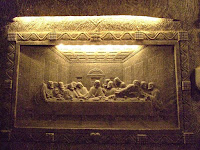 Fortunately the Wieliczka Salt Mine opens until 19:30 and has the last English tour at 17:00. The train service is only once an hour and not quite coordinated with the tour times. Nevertheless we managed to get a ticket, find the train and get to the mine well in time for the tour.
Fortunately the Wieliczka Salt Mine opens until 19:30 and has the last English tour at 17:00. The train service is only once an hour and not quite coordinated with the tour times. Nevertheless we managed to get a ticket, find the train and get to the mine well in time for the tour. Along with the old centre of Krakow, the Salt Mine was on the list of places that comprised the original 12 UNESCO World Heritage sites. The rationale for this original list would make interesting reading.
Along with the old centre of Krakow, the Salt Mine was on the list of places that comprised the original 12 UNESCO World Heritage sites. The rationale for this original list would make interesting reading.The mine is no longer mining salt but it is certainly mining money as the different language guided tour groups were packed through with only minutes between each group. Although the total length of galleries in the mine is 300km (the distance from Krakow to Warsaw) the tourist route is only 2km and descends to 135m below the surface. The tour begins with a 380 step descent to Level 1, 64m below the surface.
 The tour visits a number of rooms and chapels, the most magnificent being St Kinga's Chapel, a labour of love for three miners who, bewteen them, carved every relief over a period of 70 years.
The tour visits a number of rooms and chapels, the most magnificent being St Kinga's Chapel, a labour of love for three miners who, bewteen them, carved every relief over a period of 70 years.Although not mentioned as a feature of the mine, the amount of wood used as supports throughout the rooms and galleries is staggering. One wonders at the number of forests that have been felled to support the mine.











